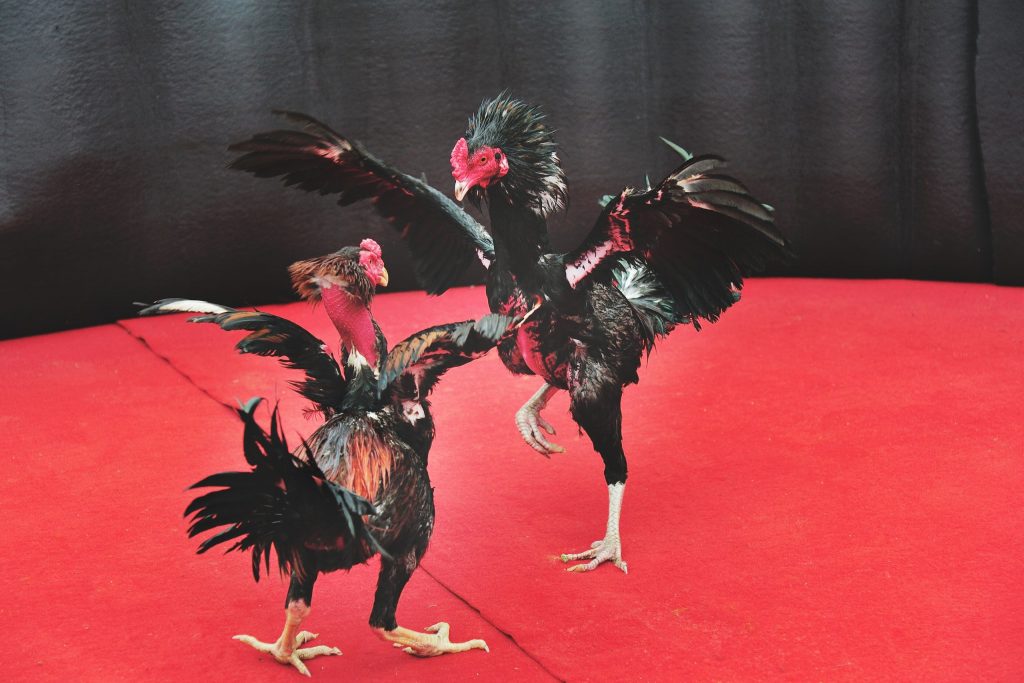Based on numerous civilizations all around, cock fighting betting is a millennium-old traditional past time. In this incredibly competitive sport, two roosters battle in a ring; spectators gamble on the outcome. Its cultural importance is remarkable and frequently related with regional customs, social gatherings, and celebrations. In many societies, it is a rite of passage and a form of social rank assertion. Many bettors enter the realm of cock fighting attracted by the excitement of the battle and the possibility for financial benefit.
Factors like community engagement, the attraction of gambling, and the thrill of animal competition drive cock fighting betting’s popularity. These features provide an interesting environment that fascinates both experienced bettors and newbies equally. The elements influencing the popularity of cock fighting betting will be investigated in this paper, therefore clarifying its ongoing legacy and modern significance.
Historical Context: The Roots of Cock Fighting
Especially in Southeast Asia, various cultures have long historical roots of cock fighting. Originally thousands of years old, it is said to have developed in places like India and China where it was often associated with religious and royal occasions. As the sport spread around Southeast Asia, it became cornerstone of local traditions for many distinct civilizations.
From laid-back backyard battles to well orchestrated events with tremendous cultural importance, cock fighting evolved with time. In countries like Thailand and the Philippines, cock battles are often festive events mixing mingling with gambling. The sport provides a forum for community connection and helps athletes to build friendships as people gather to support their preferred birds.
Once more than a hobby, cock fighting was a display of social standing, economic might, even diplomatic ties. It gave local government tools to show authority and draw adherents. Though divisive, cock fighting is still a major cultural event in many South-east Asian countries showcasing their rich heritage and community ideals.
Understanding the Betting Mechanisms
Mostly focused on the results of the bouts, cock fighting betting runs on numerous wagering patterns. Match winners, in which bettors choose the rooster they think will win, are the most often occurring kind of wager. Round betting is another option when gamblers stake money on certain rounds hoping for a rooster to win.
The battle history of the roosters, physical traits, and prior performance among other factors influence the chances in cock fighting. These opportunities show the predicted probability of any rooster winning and may change significantly based on public opinion and information.
Bookmakers are very important in cock fighting betting as they help to arrange the events, decide the odds, and enable the betting process. They assess the bouts, immediately change the odds, and manage the betting pools to ensure fairness and financial viability. By giving bettors a platform, bookmakers guarantee that bets are recorded and payments are handled efficiently, therefore helping to sustain interest and engagement in cock fights.
Factors Driving Popularity
There are numerous simple reasons for the popularity of cock fighting betting. First of all, the intense rivalry among roosters intrigues viewers and wraps them in an adrenaline-driven mood. Community involvement helps to increase this excitement as local events may create solidarity among participants and viewers, therefore enhancing social bonds.
Both entertainment value and a means of money come from cock fighting. While onlookers gamble, participants might gain from betting, therefore adding an exciting financial element to the show. This double function of entertainment and financial possibilities draws a different audience.
Online platforms and modern technologies have increased availability to cock fighting betting even further. Online betting sites and live streaming let fans from all over join and interact in real time, therefore removing geographical restrictions. These developments allow more people to engage in the activity, therefore guaranteeing its ongoing appeal in modern society.
The Role of Culture and Tradition
The habits and rules of several civilizations greatly influence one’s opinion of cockfighting. Roosters are often associated in many civilizations with tenacity, bravery, and endurance. Sometimes these attributes are sought for in countries where cockfighting is either a tradition or a rite of passage. In the Philippines, roosters are seen as emblems of bravery, which influences social and economic dynamics by means of active betting operations.
Betting on cockfights creates communal relationships and identity, hence increasing the symbolic value of roosters. Many times, these activities draw big crowds that promote socializing and friendship among attendees as well as viewers. People participate in animated debates, plan their bets, and share in the group enthusiasm, therefore strengthening social links.
These events also provide a stage for many cultural manifestations, including regional music, cuisine, and customs, thereby highlighting the unique character of the society. Beyond simple competition, cockfighting represents cultural narratives reflecting values, legacy, and community solidarity.

Final Thought
Deeply ingrained in communities all around, particularly in countries like Southeast Asia and Latin America, cockfighting betting is still a fascinating confluence of cultural inheritance and spectator engagement. Its continuous appeal derives from the thrill of rivalry, the sophisticated knowledge required in breeding and training birds, and the companionship it fosters among devotees. However, the methods used in the sport and the betting strategies vary as people’s opinions on animal welfare alter. This brings ethical issues and legacy into junction. Although cockfighting preserves regional customs and offers communities a feeling of identity, both spectators and participants have moral questions with harming animals. Engaging this difficult sport via a prism of cultural awareness and supporting ethical behavior helps one to appreciate the historical legacy of cockfighting while also supporting compassionate treatment of all the animals involved.
